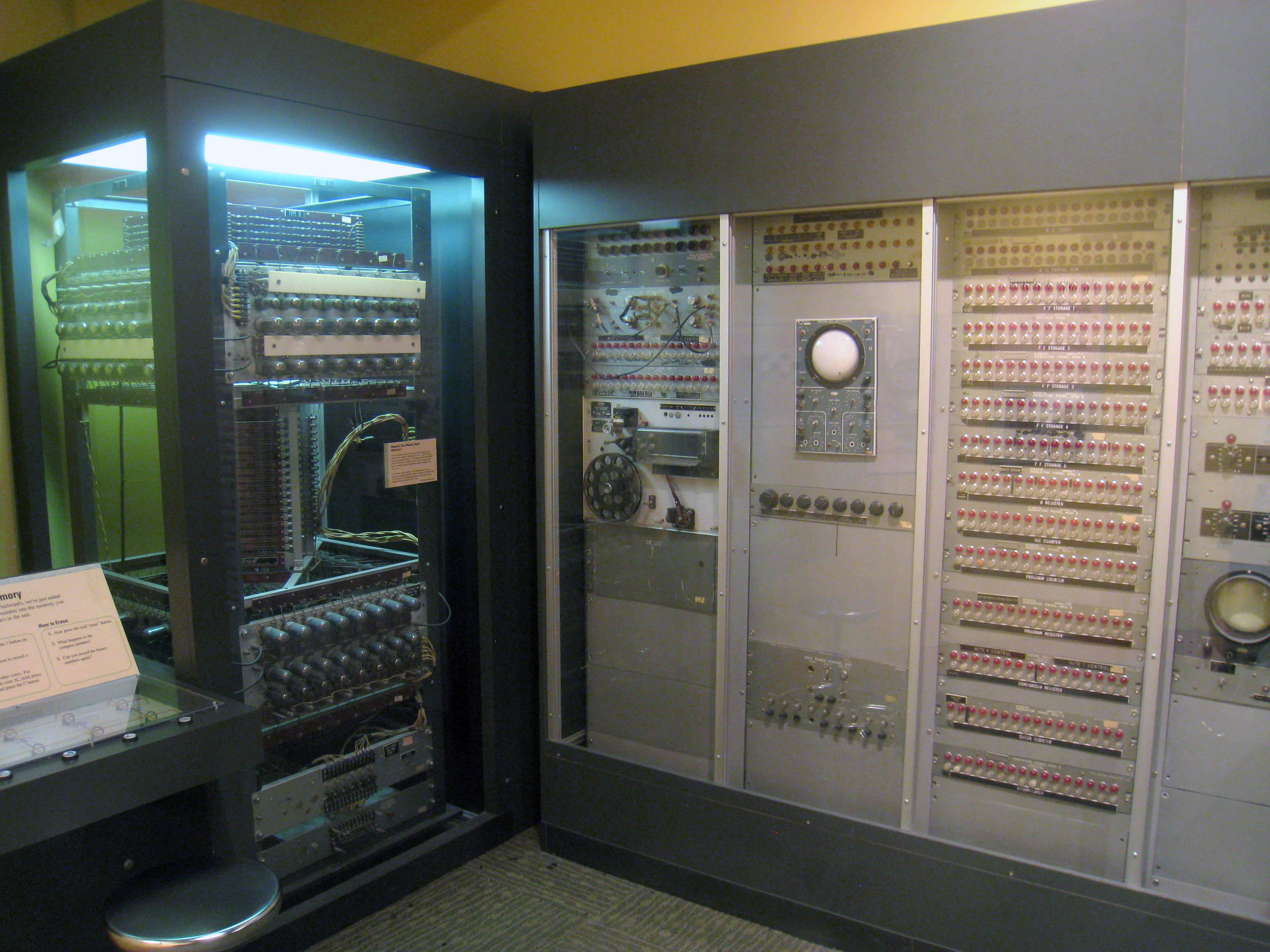When the giraffe builds a current reality tree

Non Violent Communication (NVC) is a framework for solving conflicts and understanding other people better. It was developed by the psychologist Marshall Rosenberg. One of the most known parts of NVC is called giraffe language. It is about talking with compassion.
Theory of Constraints (TOC), created by Goldratt, has a thinking process called a Current Reality Tree. It is build to figure out the root problem in a system. It is about gathering information and then question assumptions to find a really good solution. TOC is used, among others, to optimise production and increase sales.
The two frameworks might seem to have very different purposes and target groups. NVC is about people and communication. TOC is about money and logic. To me that is a false dichotomy. As I learn more about both TOC and NVC I see a lot of similarities. Empathy driven development shows that empathy is a technical skill. The parallels between NVC and TOC that I list below is in agreement with that. Hopefully that can make both communication and logic feel more accessible.
Only win-win
One of the fundamentals in NVC is to create such big understanding between people that fulfilling others needs become easy and pleasant. (That is also directed onto oneself, by knowing my inner motives for doing a task, it becomes easier to do it.) By looking at the need, rather than at a specific request, finding something that will fit everyone is easier. In TOC this is called “no compromises”. Goldratt claims that no-one should ever compromise. Compromises are giving up on finding the solution that will benefit both. And, according to TOC, there is always a solution that will make both parties happy. The only thing you need is a thinking process that help you find the real issue to solve and what assumptions to question to find the answer.
Make sure to know what we want to achieve
To increase performance of a system with TOC you need to know what to measure. That is the origin of the title The Goal for the first TOC book. If you do not measure outcomes for the entire system there will be local optima that decrease the system performance. And you will get what you measure, so you better measure what you want to get. In NVC the conflict between parts has to be distilled down to our needs and what emotions are connected to those needs. Focusing on how we think that those needs should be met are not helpful. That is the same thing as creating local measurements in a factory.
You need to work with what is really there
When it comes to gathering data TOC and NVC are using almost the same wording. We need to look at how things are now. And there is no judging. We only want to know where we are right now, and it should be objective. Worth noticing is that the phrase “I am angry.” is as objective as “This machine has a maximum output of ten units per hour”. While “you make me angry” and “this machine is too slow” are both subjective. In TOC this is structured in a Current Reality Tree, with a handful of undesired effects connected with “if this is true, and this is true, then that is true” as a directed graph. In NVC the giraffe has taught us the formula “When W happens, I feel X, since I have a need for Y, I would rather have Z happening”.
The solution is in not only seeing your side of the problem
TOC has bottlenecks. NVC has needs that are not met. In a current reality tree, assumptions about other participants are challenged. Look at the problems. Then look at your counterparts problems. Try to find a solution that fixes both your and your counterparts problems. In NVC we listen with compassion and try to really understand our counterpart. That enables us to give with joy. To me that sounds the same.
TOC then create a future reality tree, while NVC can create a suggestion to the solution. In both cases this is discussed and evaluated further.
Conclusion
Ifs and then’s can be spoken or drawn as a tree. Having a clear picture of what is going on is powerful regardless of how. Emotions carry information, and can be treated as information. It is hard to know what the real problem is. We can not guess what other people are thinking, or the needs of a customer we seldom talk to. All of this, and more, can we get help with from both NVC and TOC. And since it is hard work to learn how to communicate and think better it is good that we can practise it in almost all we do. But then it helps to see that what we practise with a friend is also valuable at work.
We need logic, even if not everyone likes directed graphs. Emotions are valuable data, and I wish that more people would feel comfortable with using it as such.
If you are comfortable with NVC or TOC try to explore the other system. If you are new to both I would recommend TOC as a start, but focus extra on the parts in the books that are about relationships.



Comment on the blog!
Create a comment by emailing me.
Open an email to start writing.I will then add the comment to the post.